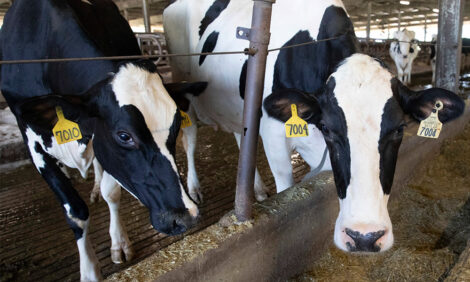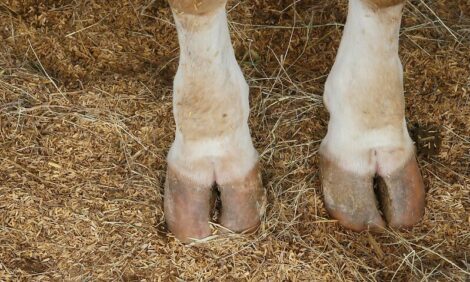



Heifer USA announces launch of regenerative agriculture center
The aim is to rebuild soil organic matter, restore soil biodiversityHeifer USA, the US-based arm of Heifer International, announced the launch of the Heifer Ranch Center for Regenerative Agriculture, highlighting Heifer's commitment to assist small-scale farmers in adopting science-based, environmentally friendly and climate-smart practices, according to a press release from the organisation. The 1200-acre working ranch in Perryville, Arkansas, is 45 minutes from Heifer International's primary headquarters in Little Rock.
Heifer USA trains small-scale farmers in the United States in practices that help generate healthier land bases and economically viable farms, while connecting farmers to new markets that enable them to earn a living. Central to this effort is the promotion of regenerative farming, which mitigates drought, sequesters carbon and increases ecosystem biodiversity.
"Every practice we follow at the [Heifer] Ranch, and every practice we teach farmers, is based upon the principles of soil health and how we can restart nature's cycles by working with it instead of against it," said Donna Kilpatrick, Director of the Center.
Heifer USA measures and tracks its environmental impacts at Heifer Ranch and on partner farms to verify progress in fulfilling this mission.
The Heifer Ranch Center for Regenerative Agriculture will also leverage its status as a Network Hub for the Savory Institute, a world leader in regenerative practices. The Ranch serves as a research, education, training and demonstration site for the Institute, making Heifer USA instrumental in expanding the practice of regenerative agriculture to help meet US climate commitments and thereby help address climate change.
A key objective of the regenerative methods promoted by Heifer is to rebuild soil organic matter and restore soil biodiversity through practices such as: holistic planned grazing; planned rest; and the use of cover crops to keep armor on the soil, provide diverse forage for livestock and increase biological activity below the soil surface.



